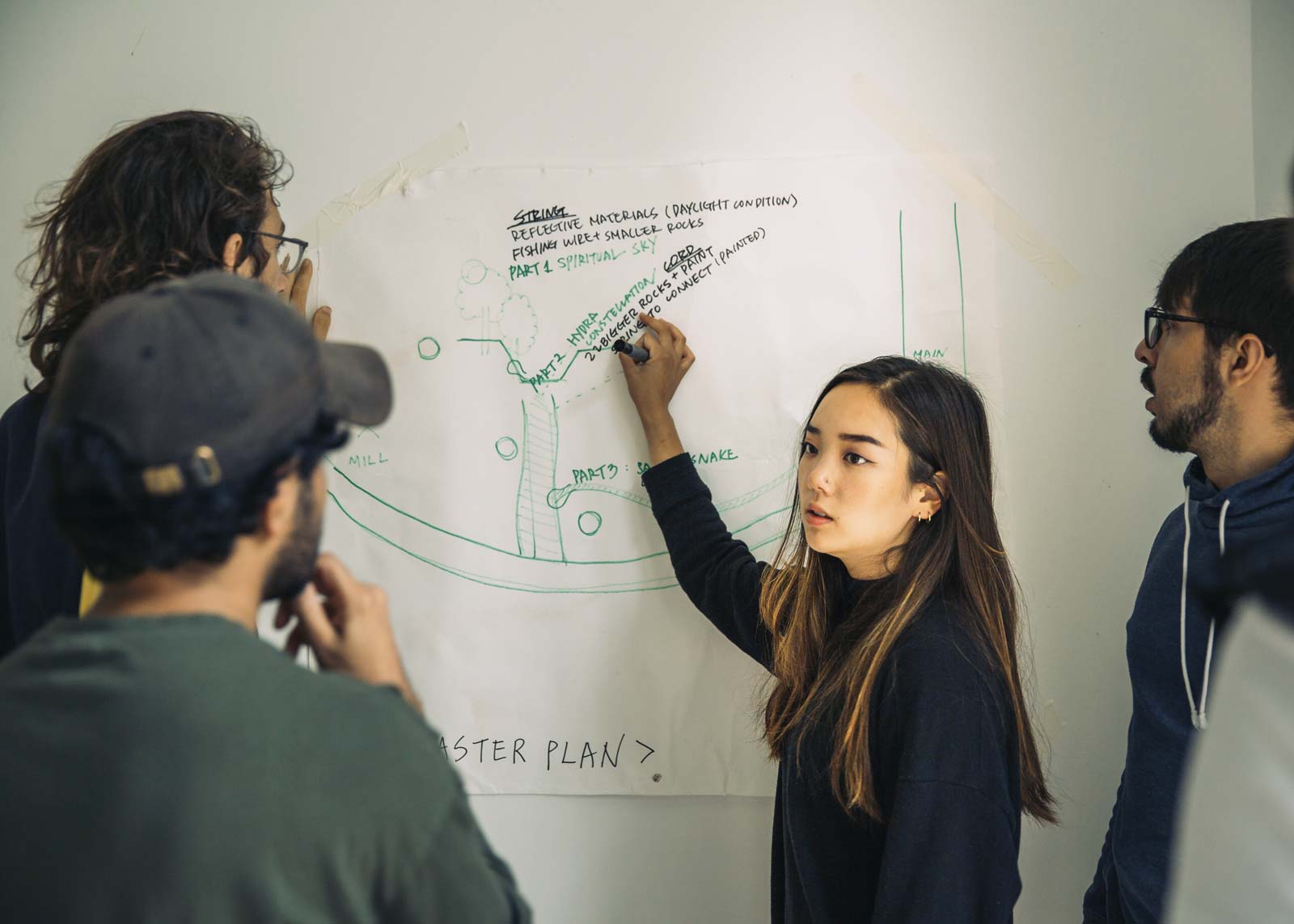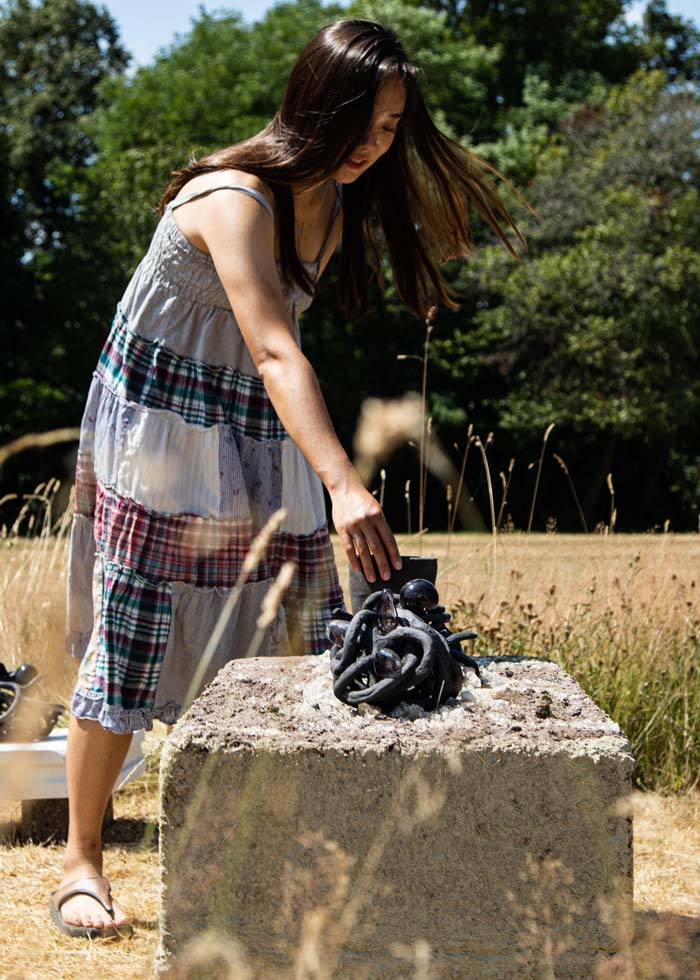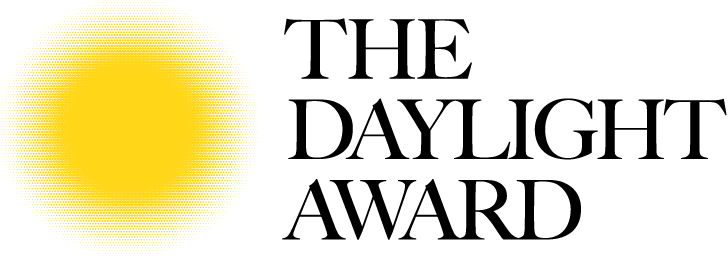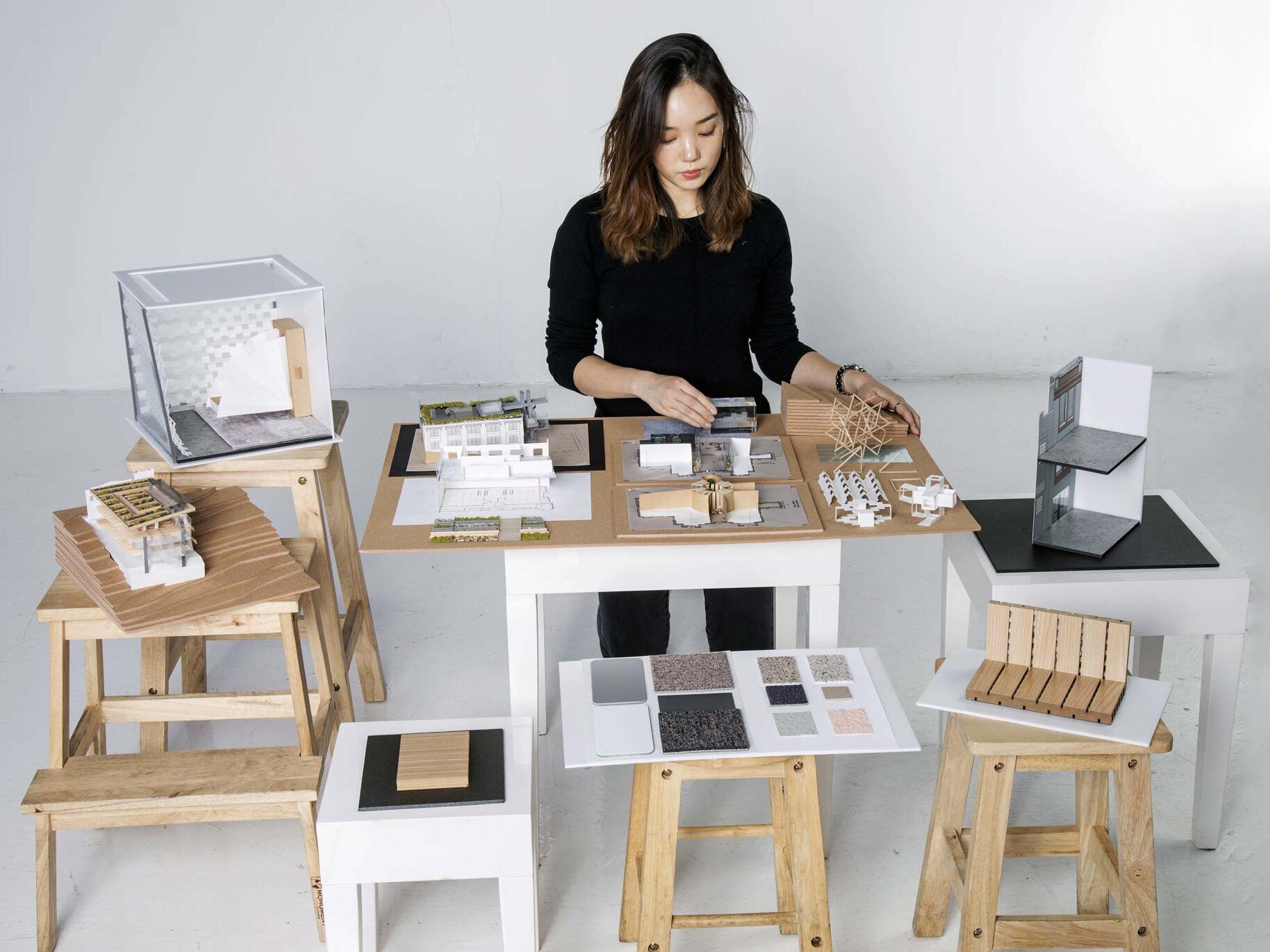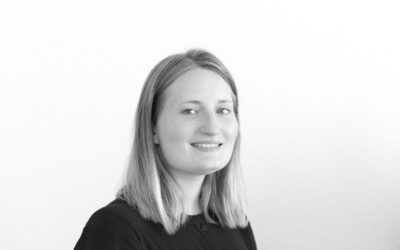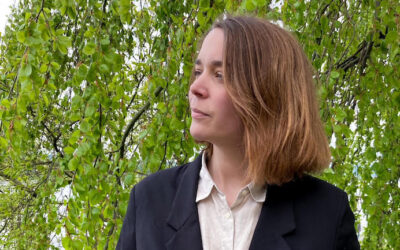The Daylight Award Community
Yunni Cho

FEATURE
The sun moves around the world at a different speed from the earth, making our natural light dynamic, temporal, and transient in every moment and in every space. Daylight as well as artificial light is shared by everyone across the globe, yet as light changes rather quietly without a notice or a sound, we often forget to appreciate its unique qualities. My fascination with fleeting moments of light and their connection to space led me to my interest in design, and now I question how the design world contributes to the data and science of light and space. As a design researcher, I specialize in the language of light and space, giving life to their visual, emotional, and spiritual qualities. EPFL LIPID lab became a perfect place to actualize my ideas through both learning and sharing – continuing to explore lighting design to create a better space for global communities.
A space can be understood through many different forms – that of history, psychology, socioeconomics, environment, and design intentions. I have been investigating ways to design a better space through my background in interior architecture, urban studies, and cognitive neuroscience. Through the practice of adaptive reuse, my designs originate from the analysis of existing structures and their broader socio-cultural context. The essence of my design intentions stem from responding to a host site by elevating its spatial experience, and engaging with multiple senses and the larger neighboring surroundings. My architectural principles, therefore, are driven from human impact as well as our biological capability towards spatial perception.
My architectural practice in combination with my study of urban theories constantly brought forth a dialogue between past and present, and its implication in the wider community. Simultaneously, to understand a biological link to my projects, I conducted an in-depth investigation with Dr. Elena Festa at Brown University during my bachelor studies on the impact of light and color in spatial perception. Our collaborative research found a strong correlation between the directionality of lighting and the perception of spaciousness. I discovered ways in which space is manipulated through specific lighting, and I am continuing to explore the specificities behind this phenomenon as part of my current research question. In my project analysis, however, I realized that my interest lies beyond the traditional parameters of architecture, and I started working with new digital materials to better communicate my interests by learning coding skills and digital fabrication tools. For instance, working with augmented reality technology and programming virtual reality through a smartphone application allowed me to engage with the public in new ways when physical interactions were limited due to the restrictions related to COVID-19. I am passionate to continue exploring new ways to engage sensorial stimuli through light and space, and design with the unique tools and resources of the EPFL.
As a Dual Degree student at Brown University and Rhode Island School of Design (RISD), I was part of a rigorous program in a diverse academic community for five years, actively exploring the creative intersection of art, design, and science. In order to fully take advantage of the interdisciplinary nature of my education, I pursued a major in interior architecture with an independent study option in the architecture department at RISD. At the same time, I double majored in urban studies and cognitive neuroscience at Brown University. At both schools, I worked with students and faculty with wide ranging interests and experienced first-hand the value of collaboration. In the summer of 2020, I was awarded RISD’s prestigious Maharam Fellowship and, through this internship, I worked remotely with Ulrike Brandi, Founder and Managing Director of Ulrike Brandi Licht based in Hamburg, Germany. This experience provided me with a deeper understanding about lighting design at both a building scale and a city scale, and led to my work with the Lighting Detectives, also based in Hamburg, working to develop sustainable lighting practices to reduce global light pollution. These partnerships expanded my awareness of how light is understood on an urban scale by directly communicating with the public. My education and research has allowed me opportunities to travel and be part of exhibitions in the United States, Italy, France, Morocco, and Portugal and to work with an international community. Presenting my work and collaborating on a global stage had a profound impact on my perception of art and design as well as its intersection with the field of data science. Working in different cultures and languages, I learned new ways to think, process, and communicate information. I do not underestimate the value of embracing open-minded learning and sharing.
Design can be more than a personal expression – design is a social tool for a better understanding of communities. I greatly value communication, and sharing my knowledge is equally as important as pursuing personal growth – the exchange of different skill sets drives innovation. In order to access different communities, I have been involved as a consultant at a digital fabrication lab and participated in a TEDx talk, in which I spoke about how creativity makes human beings irreplaceable by artificial intelligence. Sharing my perspectives and thinking process, in turn, has allowed me to learn more from my team and the people around me who continuously provide me with thoughtful feedback and further insights. I intend to better understand the nature of human emotions, perceptions, as well as our interaction with light by learning from the capabilities and algorithms of virtual reality technology and image processing mechanisms. My interdisciplinary education, undergraduate research, and work experiences instilled the desire to learn more from the field of Human-Computer Interaction. I started a PhD in the civil engineering department at EPFL, and the LIPID lab’s vibrant community of creative resources and hardworking people further developed my identity both as a data scientist and as an urban designer. By continuing the doctoral research on the topic of daylight and view perception at LIPID, I hope to learn from the experiences of experts in the field of technology to better visualize my ideas and communicate my passions with the support from a team of other diligent and impassioned students.

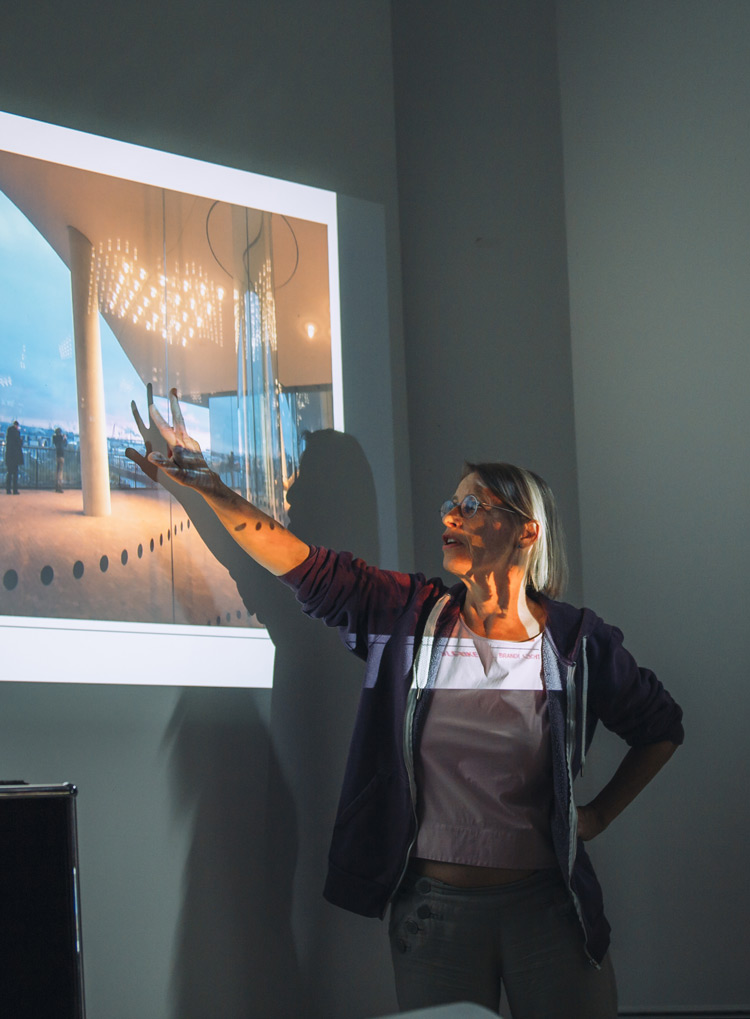
Ulrike Brandi, UBL
Access to the past and ongoing projects and publications: https://yunnicho.com/
SELECTED PROJECTS
